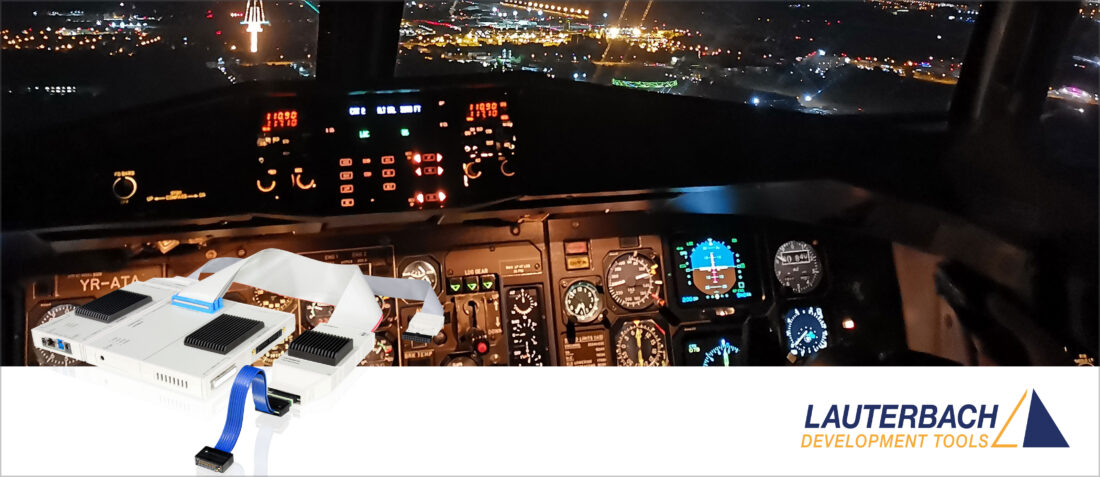TRACE32 supports PikeOS for MPU

Lauterbach, the worldís leading supplier of debug tools, and SYSGO, the leading European provider of real-time operating systems for critical embedded applications, are pleased to announce the support of SYSGO’s brand new product, PikeOS for MPU, within Lauterbach’s TRACE32 debug environment. The support includes debugging and tracing PikeOS for MPU applications as well as combined debugging of MMU and MPU based systems.
Lauterbach and SYSGO enjoy a long-standing cooperation with TRACE32 supporting PikeOS for more than 15 years. The PikeOS awareness has always provided easy access to PikeOS objects, such as partitions, tasks and threads. TRACE32 gives the user concurrent access to all partitions and tasks. Developers can view variables and set breakpoints on any task (or several of them) at any time, whether the task is currently active or not. As a result, developers using PikeOS for MPU are now able to debug their applications and systems on TRACE32 just the same way as they are used to do it with the classic PikeOS. This also includes tracing the system as a whole, covering all partitions and tasks. Using the sampled trace, TRACE32 can create comprehensive performance analysis and code coverage metrics.
PikeOS for MPU is a perfect fit to work together with a classic PikeOS system, especially in asymmetrical multicore environments. On a complex SoC, for example the Xilinx Ultrascale+, you may run classic PikeOS as SMP on the Cortex-A53 cluster, alongside with several PikeOS for MPU as AMP on the secondary Cortex-R5 cores. TRACE32, on the other hand, not only supports all Cortex-A and Cortex-R variants, and also SMP and AMP configurations, but now also supports both PikeOS variants. This means, one TRACE32 hardware setup is sufficient to debug the entire system. Starting an individual GUI for each PikeOS system, the developer can debug both PikeOS variants at the same time, with synchronized start and stop events. This is especially useful when looking for bugs in the communication between the systems. Moreover, TRACE32 can trace the whole system and show graphical charts of application and function run times. The timing is synchronized, which allows observation of the timing behavior of both, classic PikeOS and PikeOS for MPU, and measure latencies between both.
“We’re excited about the latest enhancements of SYSGOís and Lauterbach products. The ongoing collaboration ensures that Lauterbach can provide the best debugging experience each and every time,” said Norbert Weiss, General Manager at Lauterbach.
“It’s great to see the longstanding partnership with Lauterbach active and agile as during its inception. With both products, PikeOS classic and PikeOS for MPU, SYSGO and Lauterbach can now offer a complete unpreceded powerful solution for MMU, MPU and the necessary tool chain for configuration and debugging.”